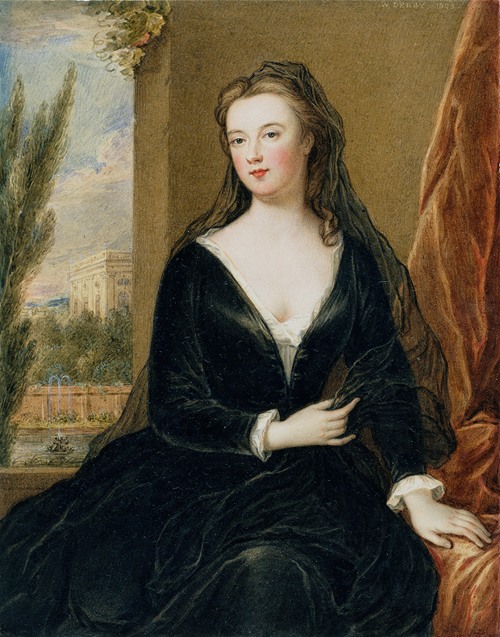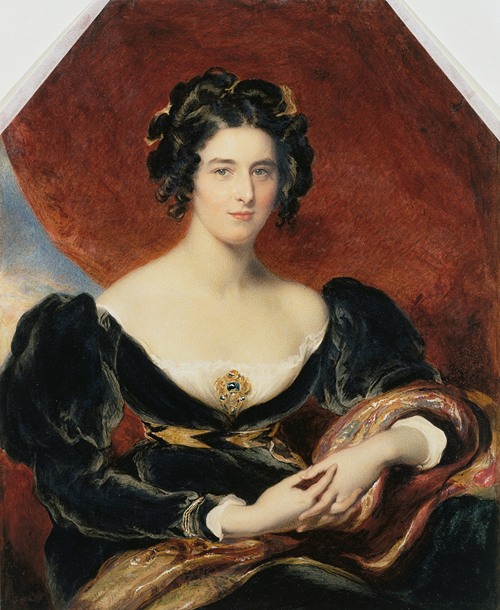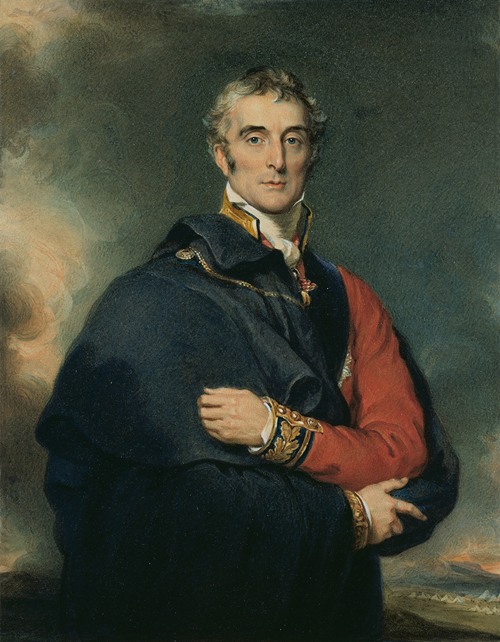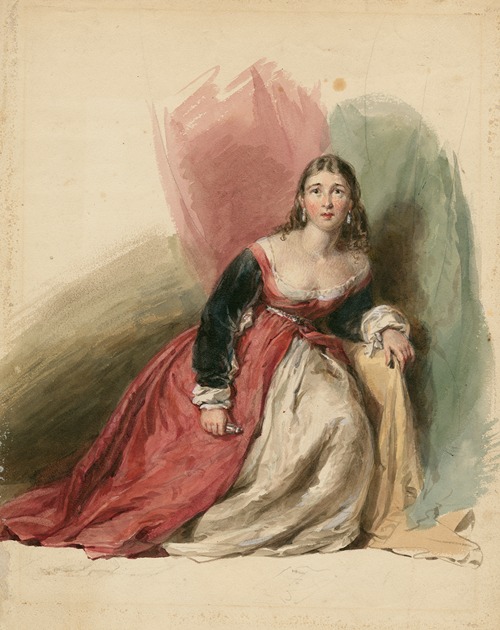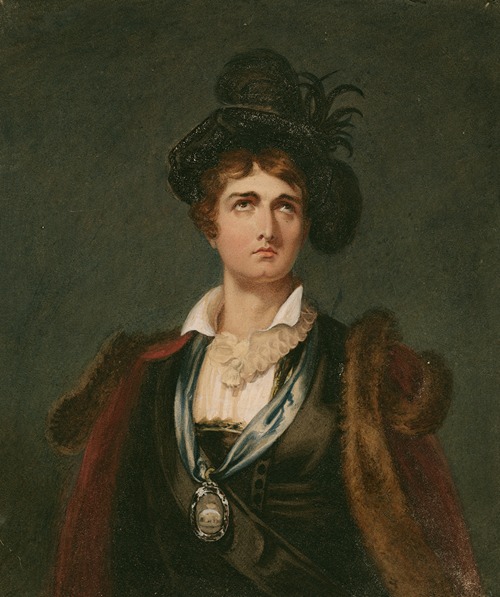

William Derby was an English portraitist, miniature painter and copyist.
Derby was born in Birmingham on 10 January 1786, where he was taught drawing by Joseph Barber. In 1808 he moved to London, where he began his career by making the reduced drawings for the plates of the Stafford Gallery, a set of engravings of the paintings in the Marquess of Stafford's collection, published in four volumes in 1818 with text by William Young Ottley and Peltro William Tomkins.
He then pursued a career as portrait and miniature painter, occasionally making watercolour copies of notable pictures, until 1825, when he succeeded William Hilton, R.A., in making the drawings for Lodge's Portraits of Illustrious Personages of Great Britain, completed in 1834. This involved copying paintings in collections throughout the country, and in the course of his work Derby obtained many useful introductions. Among his patrons was the Earl of Derby, whose portrait he painted, and who commissioned him to make watercolours after the portraits of his ancestors, from the reign of Henry VII onwards, which existed in various collections. In 1838 a severe attack of paralysis deprived him of speech and the use of one side of his body, but in a few months he had recovered sufficiently to continue his work, which he did with the assistance of his son, Alfred Thomas Derby.
Between 1811 and 1842 he exhibited 49 works at the Royal Academy, 16 at the British Institution and 15 at the Society of British Artists. They included portraits in oil, still lifes, and miniatures.
He died in Osnaburgh Street, London, on 1 January 1847, survived by his widow and eight children and was buried on the western side of Highgate Cemetery.
